
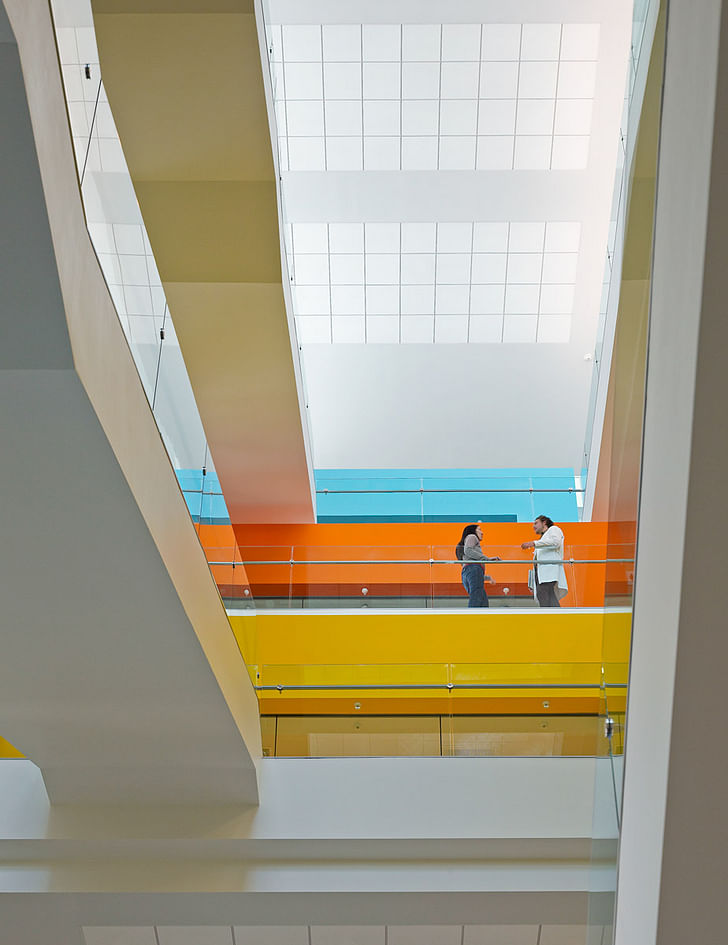
In Focus is Archinect's series of features dedicated to profiling the photographers who help make the work of architects look that much better. What has attracted them to architecture? How do they work? What type of equipment do they use? What do they think about seeing their work in blogs?
In this feature, we talk to American architectural photographer Brad Feinknopf.
Archinect: What is your relationship with architecture? What drew you to architecture, as a photographer?
Brad Feinknopf: My relationship to architecture began at birth. My grandfather and father were both architects. From an early age, I was walking job sites and looking at buildings. When we traveled as a family, we were always checking out the local architecture and, as a teenager, I did what every architect's son does in their summers, I worked construction. I was certain I would follow in my father's footsteps. My undergraduate degree is in Design & Environmental Analysis from Cornell University but in my junior year, I had many friends in the Fine Arts School who convinced me to take a photography course. I fell in love with photography and in particular, 4"x5" large format photography (which was the tool of choice for architecture). I have a HUGE appreciation for architecture, due to my upbringing, and photography is how I have chosen to appreciate the art form of architecture.
Describe how you work... who are your clients?
BF: I love this question. Very interestingly, I have had numerous meetings over the last couple of months with clients in New York, Boston, Chicago, San Francisco, etc. and the questions are not about "my work" because they know from seeing my work that I am qualified. The questions are regarding "how I work". I love working with people, and I love getting into the mind of the architects. To understand his or her design beliefs and what they were thinking when conceptualizing the building. What is the story? Photography is a story telling device, and I want to be able to tell that architect's story through pictures in a way that is compelling and entrances the viewer. I love the ability to collaborate, but I also have my vision. I know what will esthetically work and what doesn't. Most of my clients have great trust in my ability to see. Though they may give me directive, they want me to see the building through my eyes. The process of discovery can be quite invigorating. As far as my clients, they range from large to small. Many fall on Architectural Record's and Architect's top 50 firms, but much great work comes from the small boutique firms, as well.
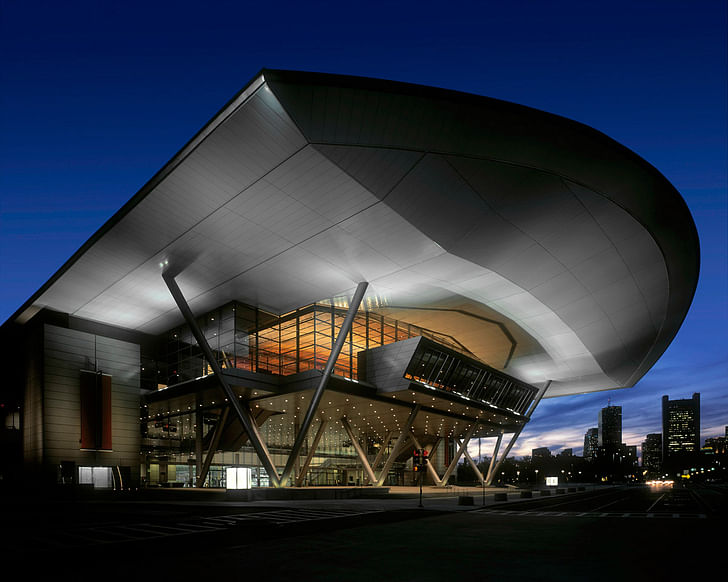
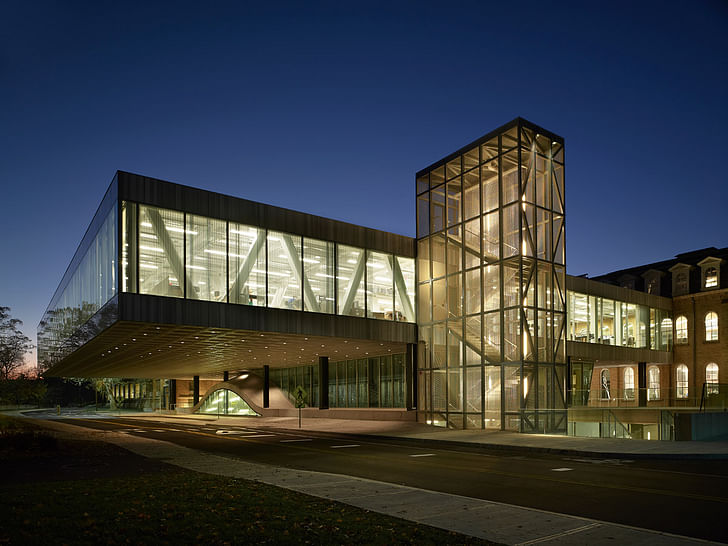
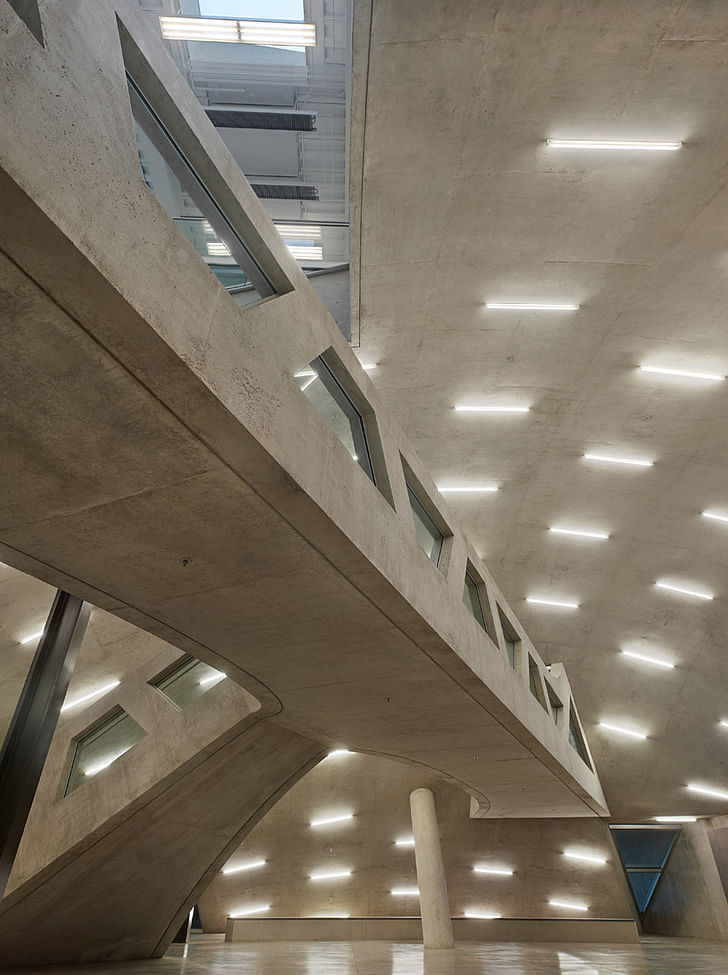

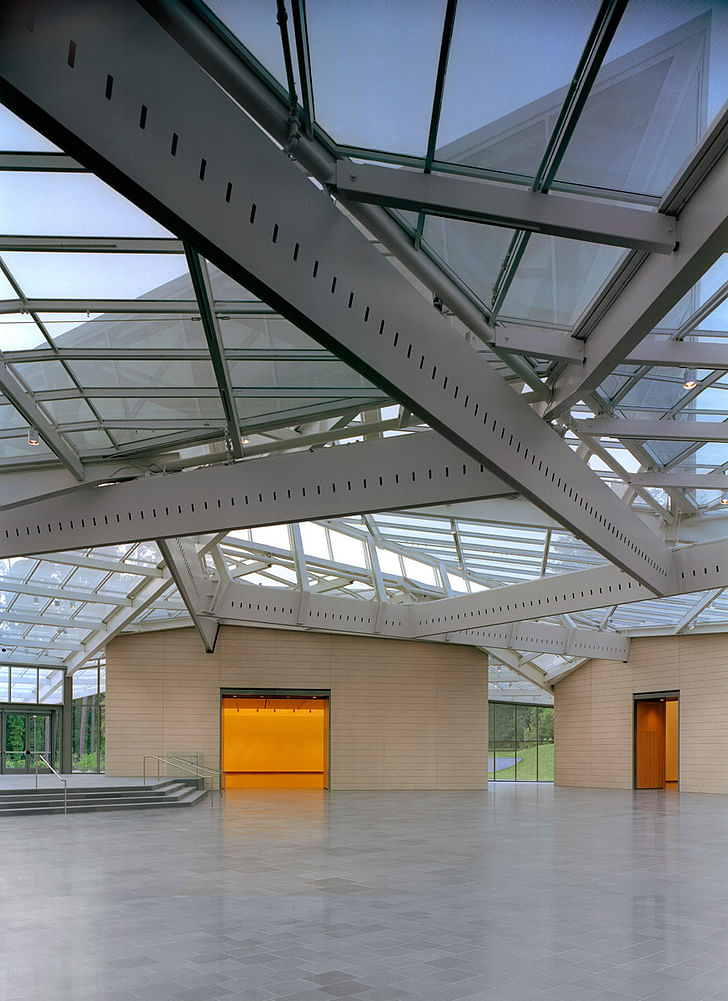
Do you mostly work in a specific region? What is your travel schedule like?
BF: I work all over the country. In the last six months, I have shot everywhere from New York to San Antonio to Los Angeles and numerous spots in between. Most who hire me want the right person for their project, and where the photographer is located is of little concern. I haven't done much international work, but I am certainly open to the possibilities. As far as travel, it can be quite crazy at times. I know right now that the months ahead will include everything from significant shoots in Las Vegas, New York, Chicago, Cleveland and who knows where else. Every day is different, and all I can do is take it one day at a time and hope Mother Nature smiles upon me.
What is your goal when capturing buildings in photographs?
BF: I want to show that building in its best possible light. I have shot over 100 AIA Award winning projects and more than once have been told, "it is a good thing they don't do site visits because your images make that building look way better than it really is". I do want to say that I am NEVER trying to create a fallacy but merely showing the project the best it can be. I believe the BEST photography is created in the camera not in Photoshop. Photoshop is a wonderful tool, but the first order of business is to understand how best to capture the building through the eye of the camera.


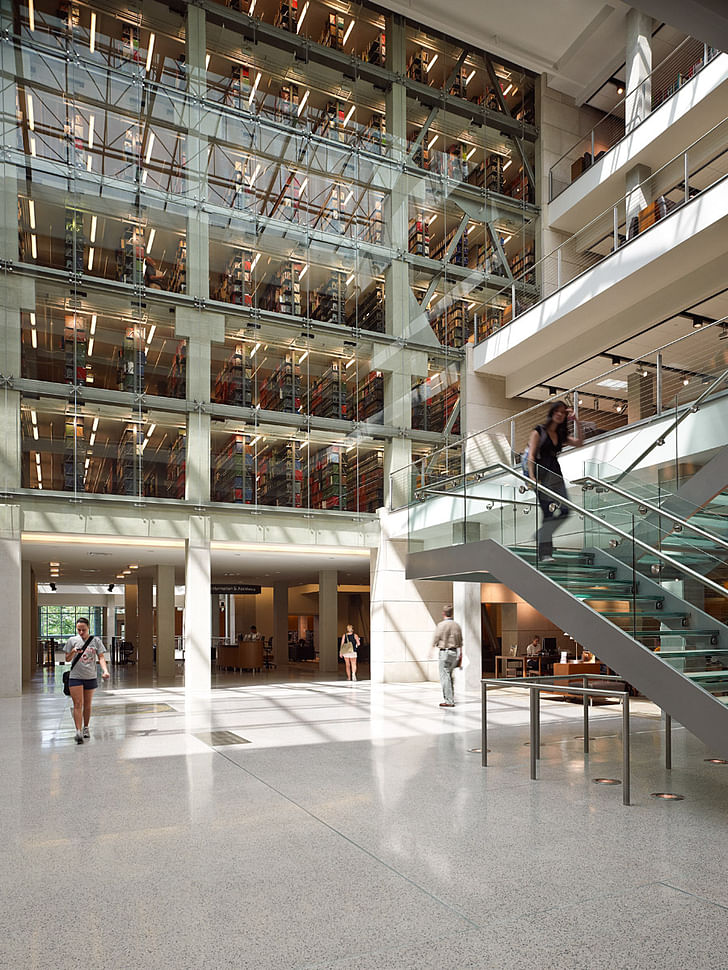
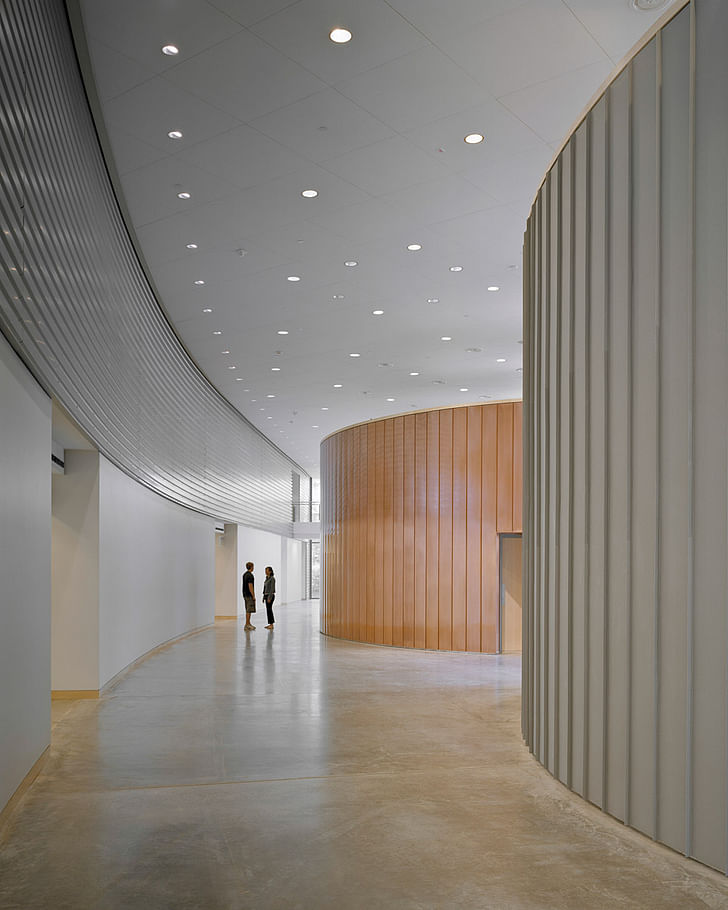

What are your thoughts about including people in your photos? Is it important to photograph a building in use, or by itself?
BF: No question, I LOVE people in my photographs whenever possible. They lend life and scale to a project. That said, it is not always easy to have people in your shots. In fact, I walked a beautiful hospital this morning that we will be shooting in a few weeks, and the images call out for people but, due to patients' rights, that poses a real challenge. I want things to be "real" and "natural", and staged shots with models rarely work, and shooting once the hospital is open and functioning has other challenges. With all that said, if I have my druthers, I will always have people in my shots where I can.

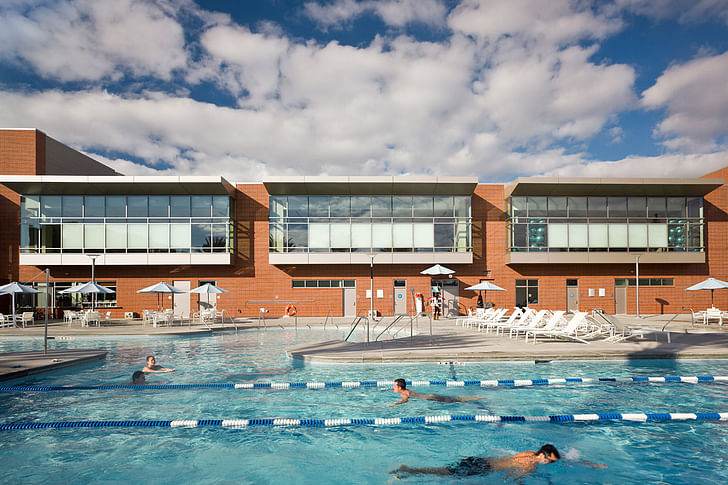
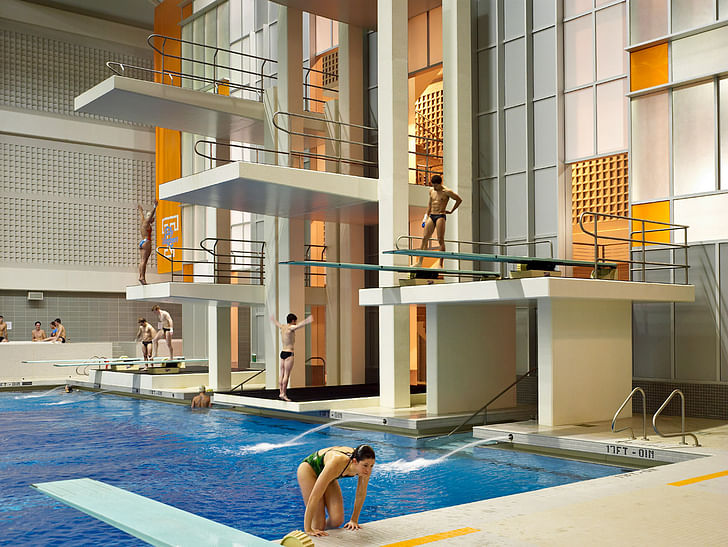
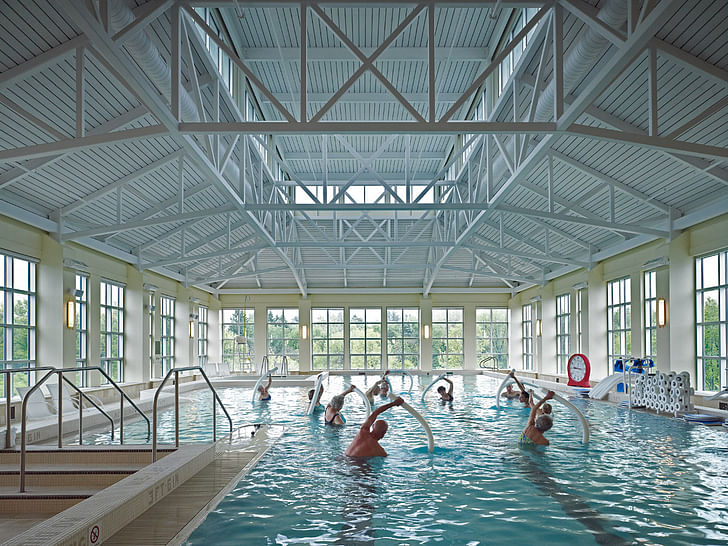

What are your favorite pieces of equipment?
BF: The equipment doesn't make the shot, the eyes of the photographer does. That said, it is the glass you put in front of the camera that makes the most difference. I have six Rodenstock Digital lenses, from a 28mm to a 90mm that range from $2,500 - $6,500, and they are tack sharp. I cannot get over the incredible detail I get. The first time I used my system, I used it on a dusk shot, and I could read the time on a clock on a wall, through a window from 150 yards outside the building. Amazing. I have recently upgraded my Phase One P25+ to an IQ160 Medium format digital back, and it is a beautiful thing, as well.



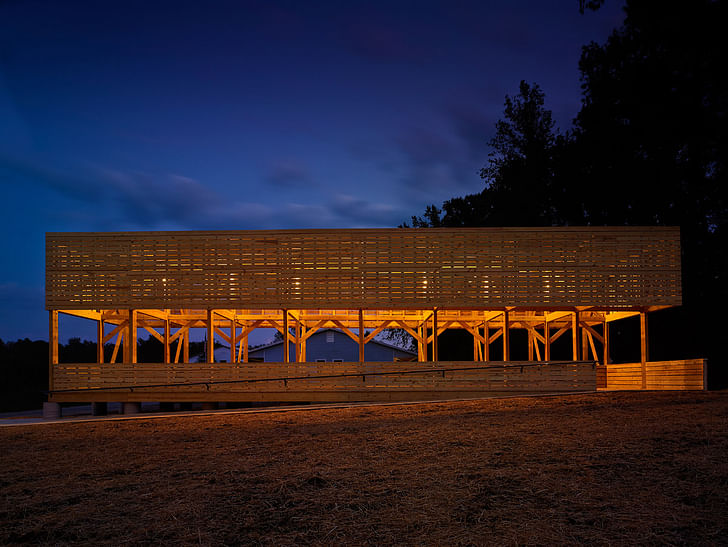

Do you work alone?
BF: No, I work with an assistant. I want to be able to focus my thoughts on the design aesthetics, the light and the composition, and lugging laptops, etc.is a distraction from that. Don't get me wrong, I am not a prima donna, and I certainly do my share of lugging, but photography can get equipment heavy, and if you are trying to move all that I have to move plus concentrate on what the next shot is, your time is neither being spent efficiently nor well if you are doing everything yourself. I have a full time digital retoucher with whom I have worked for over 10+ years who knows my aesthetic and I also have an Associate photographer on staff.
How do you feel about seeing your photographs on blogs and websites?
BF: It is a great joy. You create work to be seen. I have always said that if my work helps my clients to win awards, get published, get exposure and win new work, I have done my job. Seeing my work on blogs and websites means the imagery is working for my clients. I live vicariously through my clients. When they win, I win.
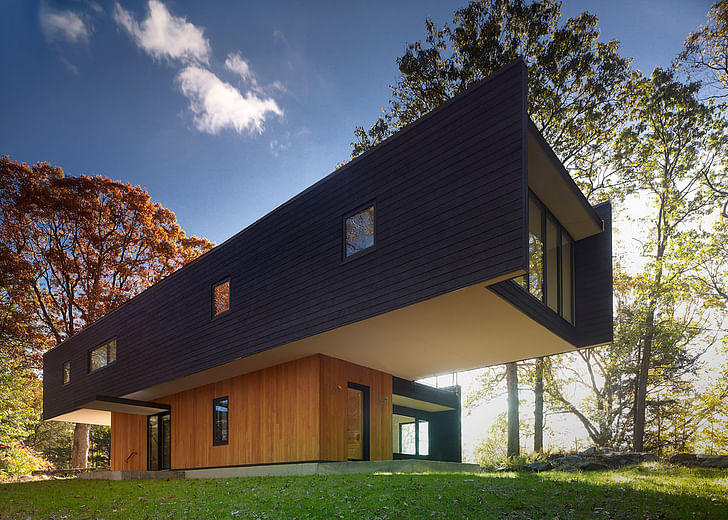


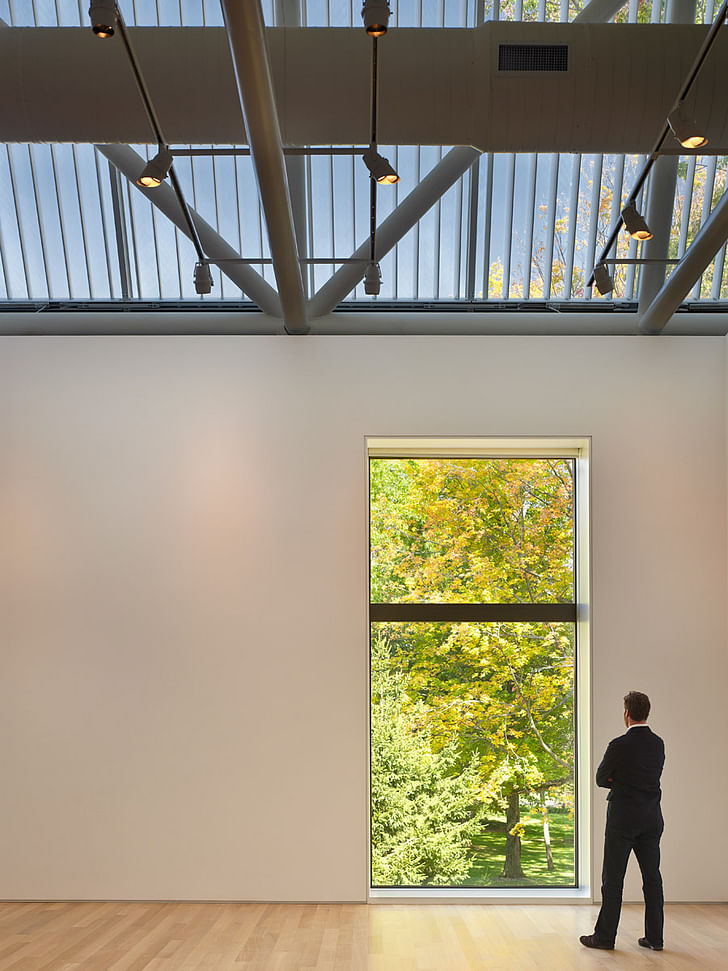
Brad Feinknopf:
In 1988, Brad Feinknopf returned from working in New York City, to his hometown of Columbus, Ohio, to establish a photographic studio that would excel in providing its clientele the utmost of quality and service in architectural, interior and corporate photography. By taking an approach to photography, that is both traditional in process yet cutting-edge in technology, Feinknopf photography provides the highest quality medium format & 35mm digital photography services. With a full time, dedicated digital staff member, Feinknopf provides its clients with an exceptional fully retouched, digital end product.
Brad travels extensively throughout the United States providing architectural photography on a local, regional and national basis. His work has appeared on the pages of many national magazines including Architectural Record, Architect, Metropolis, Interior Design, Architecture, Metropolitan Home, Building Design & Construction, I.D., and VM+SD, as well as PDN Magazine, which published an expose on Brad and his approach to his architectural photography in 2003.
Brad’s photography has garnered many national, regional and local awards including Business Week/Architectural Record’s Projects of the Year; Building Design & Construction’s Project of the Year; Over 100 AIA Awards in various categories; Dupont/Antron Awards; ADDY Awards and CSCA (Columbus Society of Communication Arts) Awards.
Brad maintains active participation in professional organizations such as ASMP, APA, AIA, APSG, SMPS, CSCA & AIAP.
1 Comment
Love Brad's photos! He really brings these wonderful designs to life.
Block this user
Are you sure you want to block this user and hide all related comments throughout the site?
Archinect
This is your first comment on Archinect. Your comment will be visible once approved.